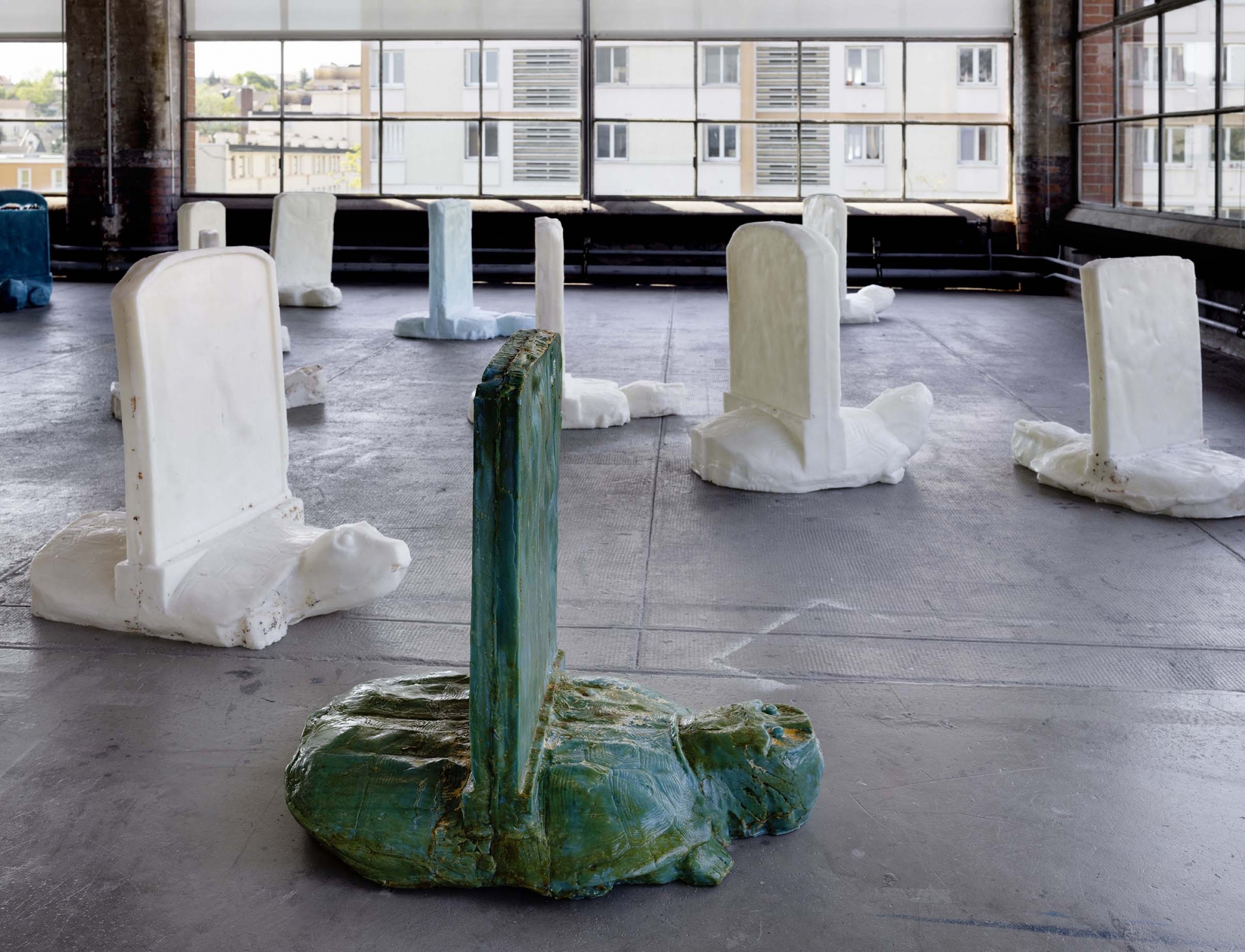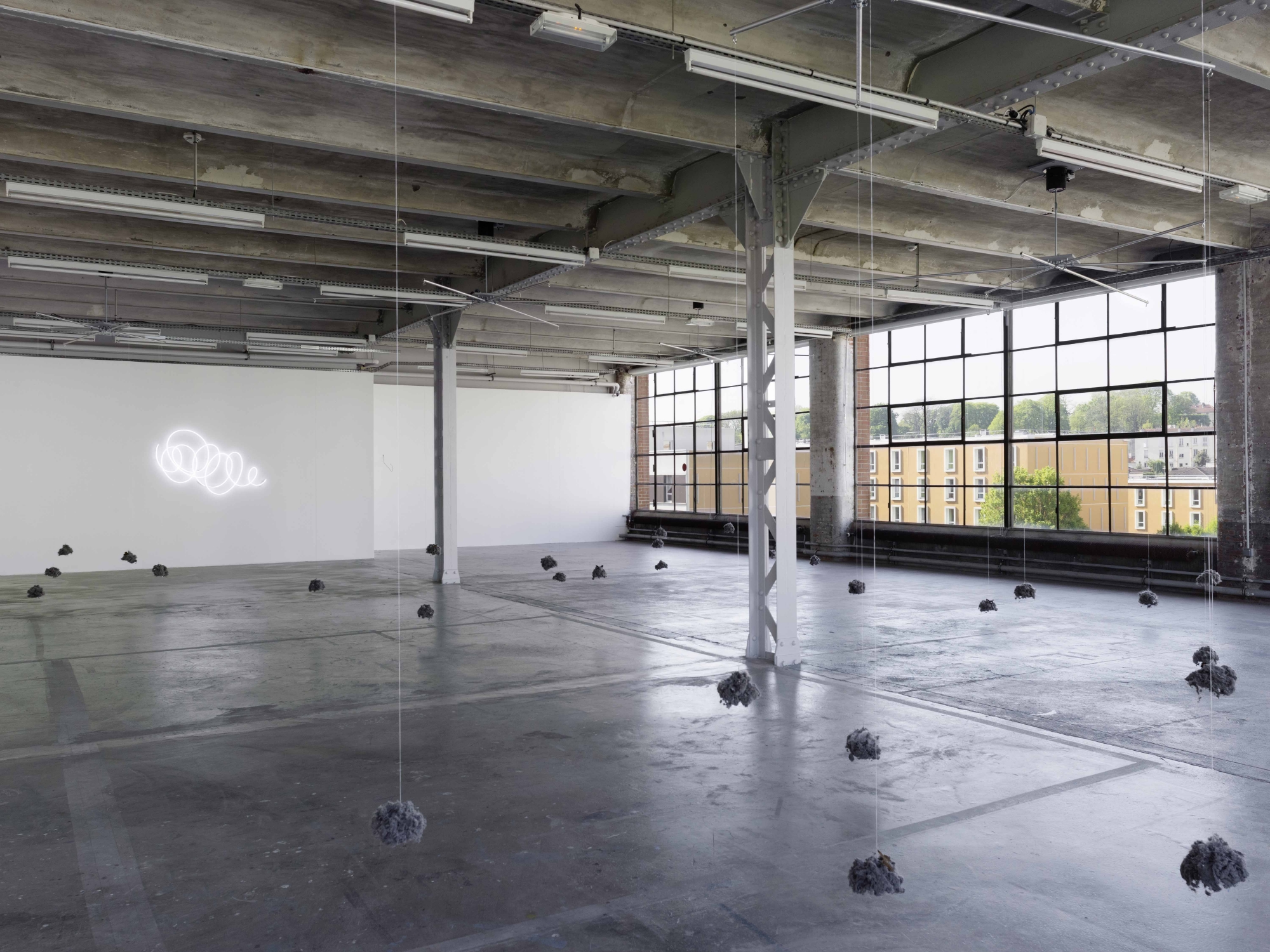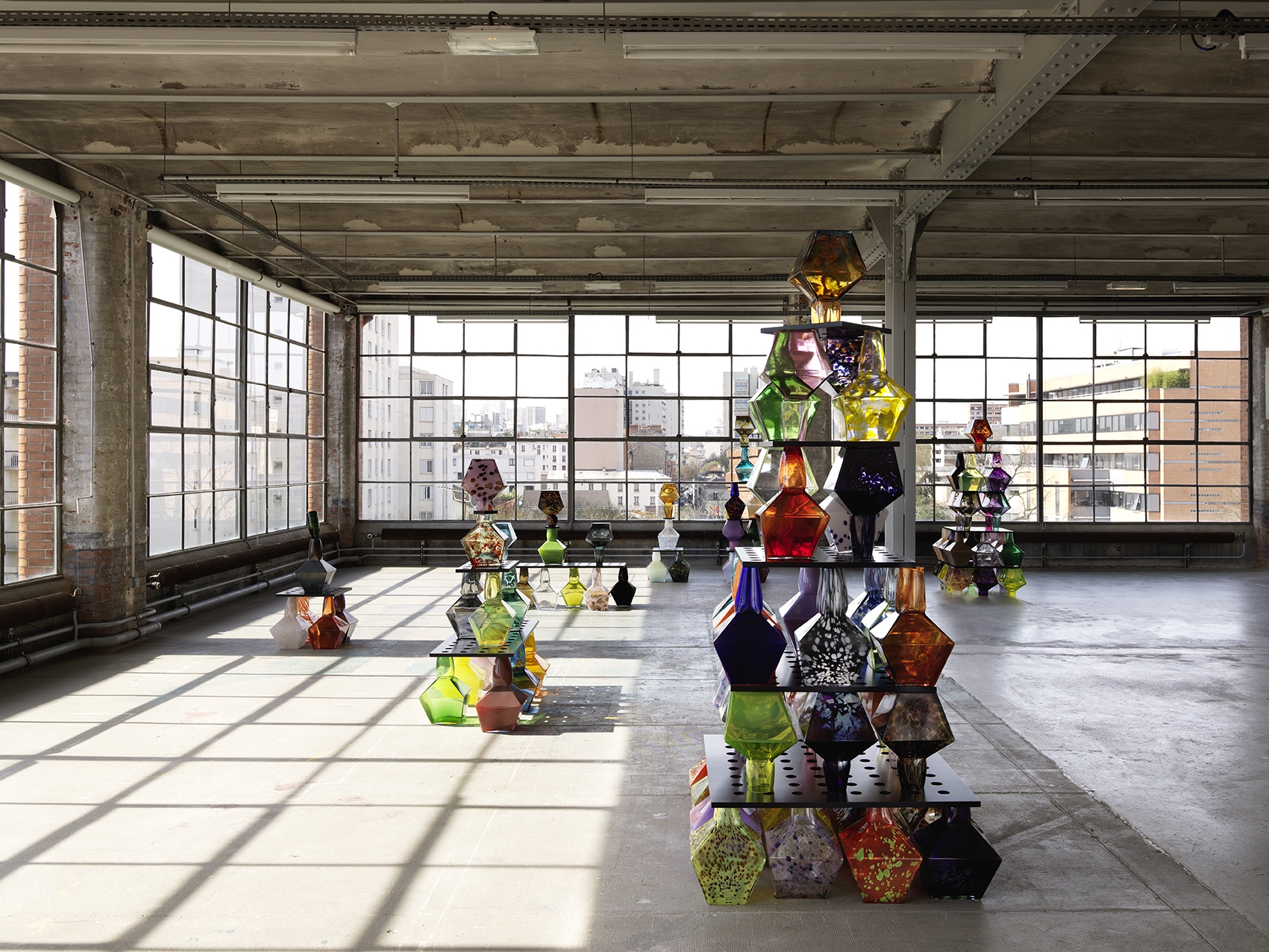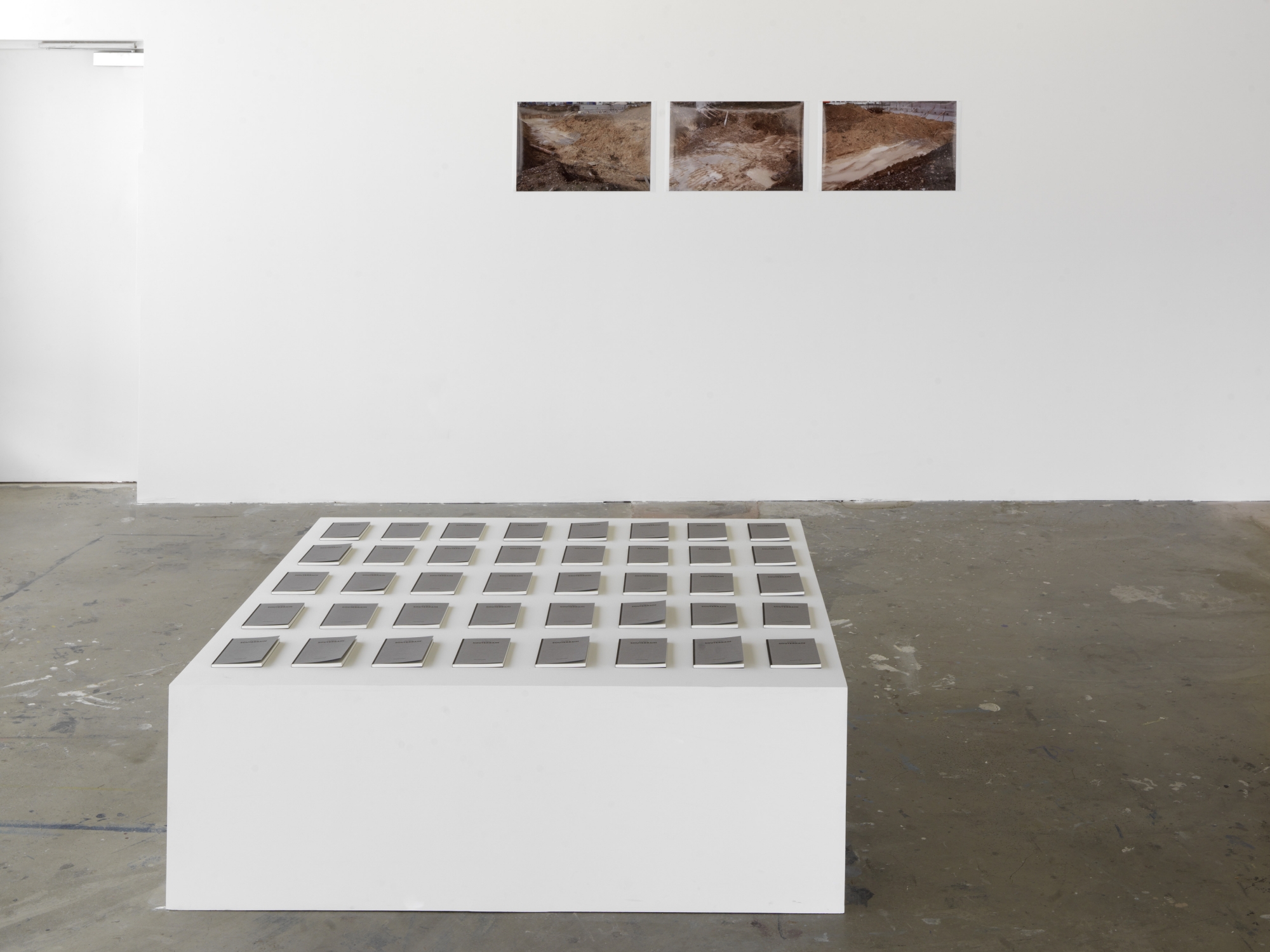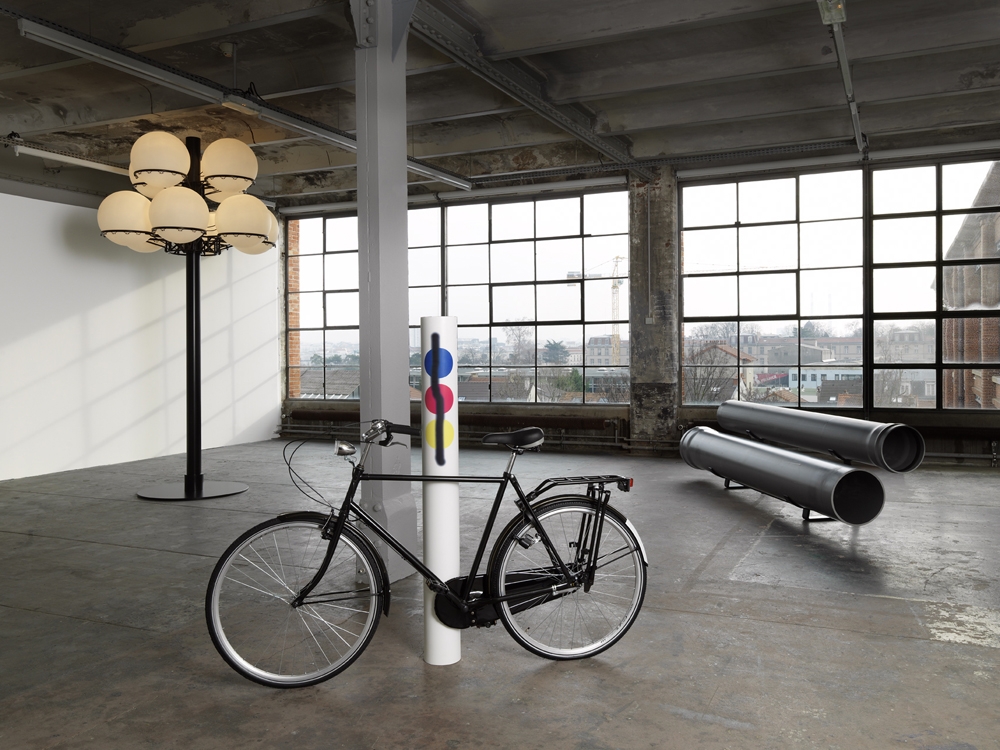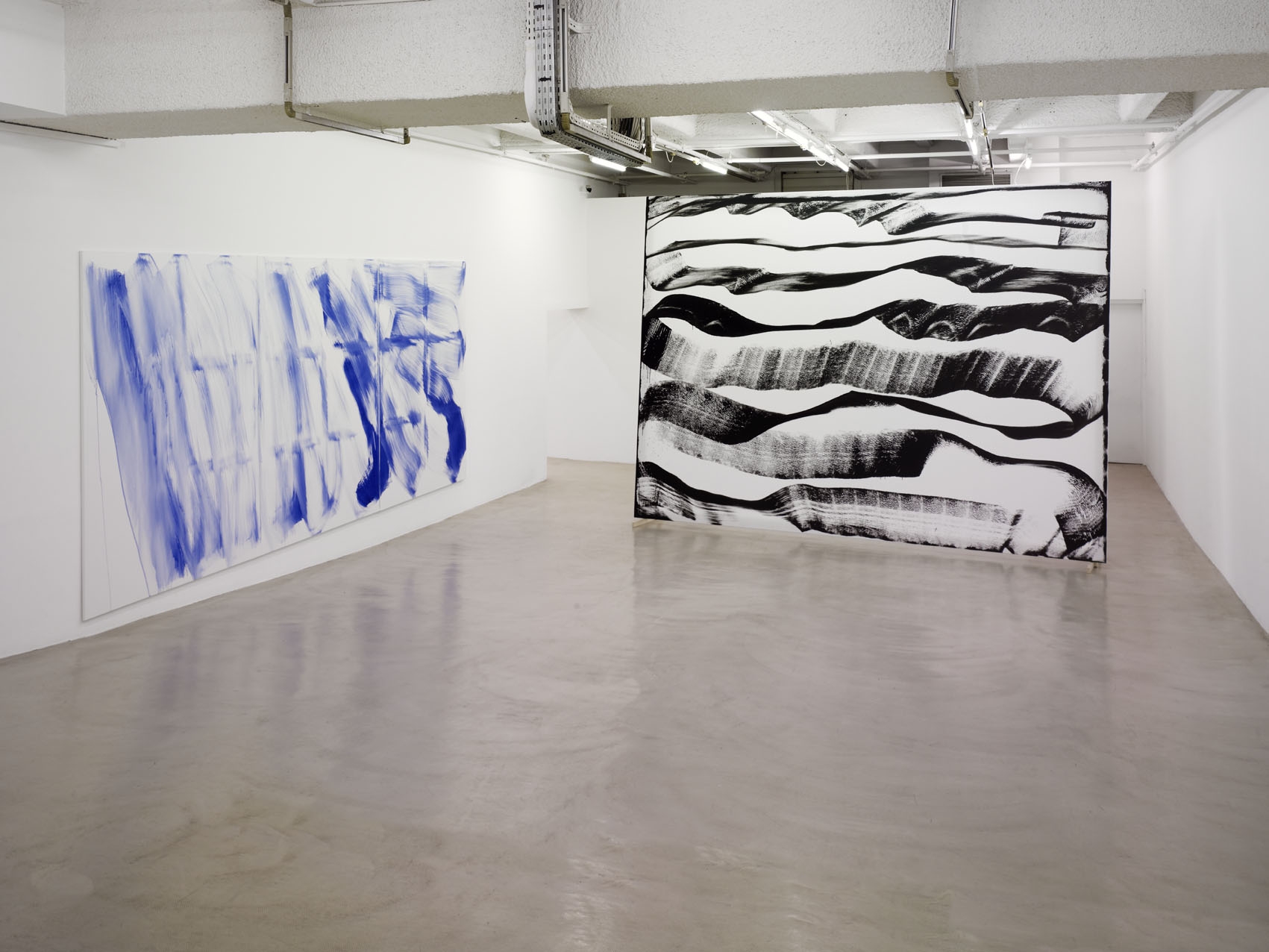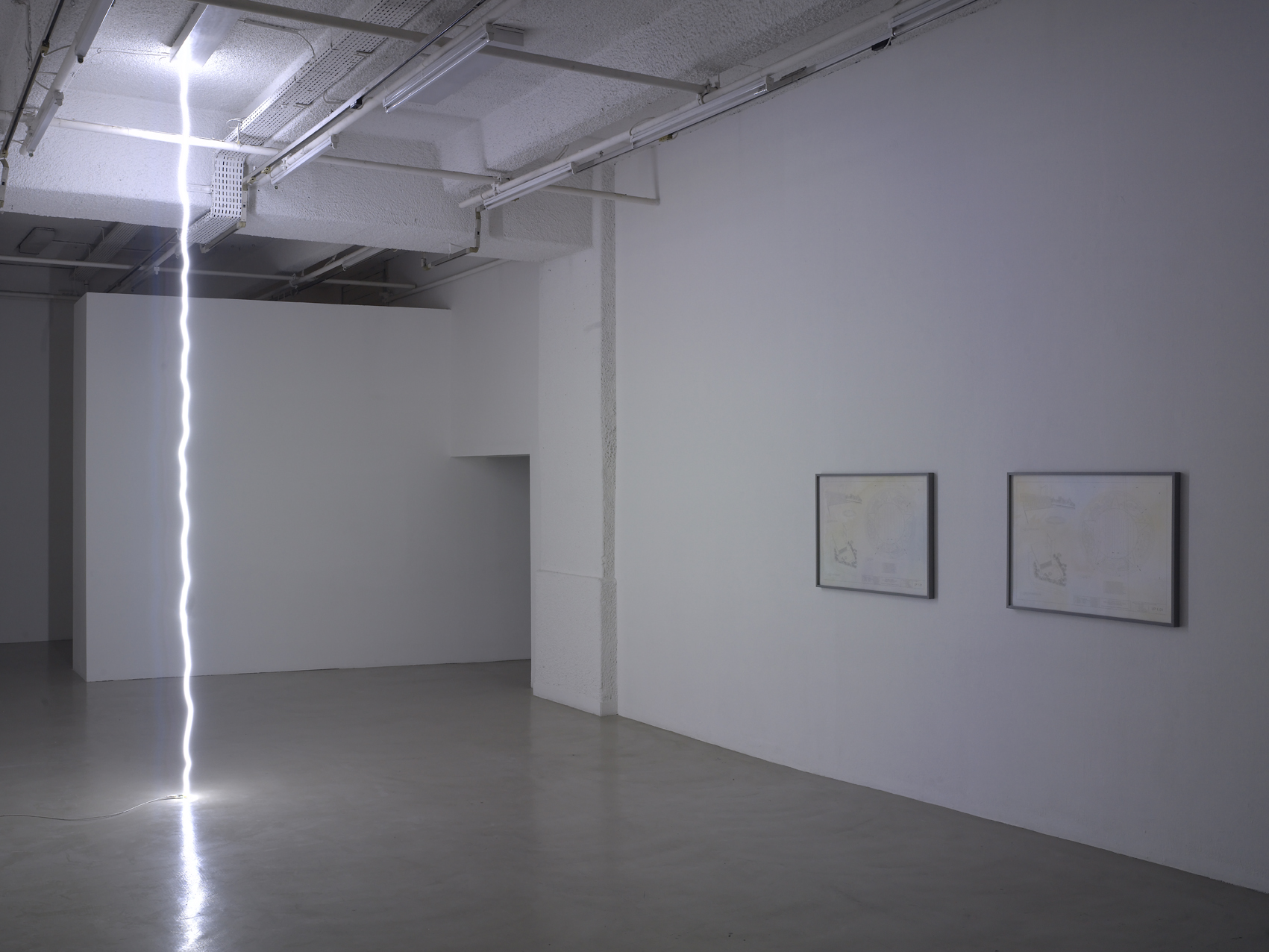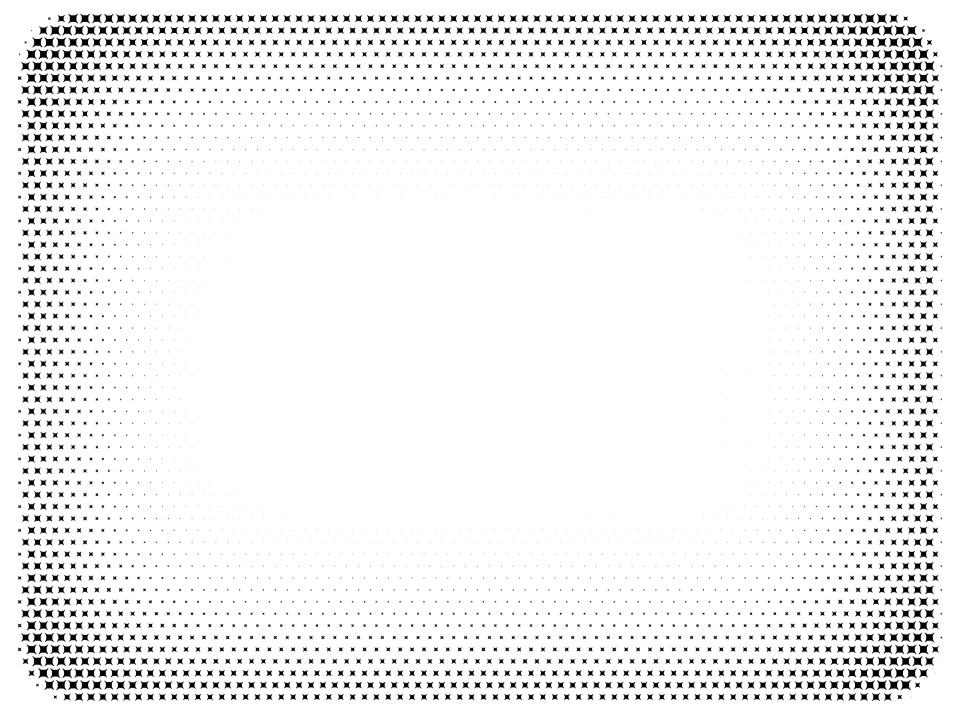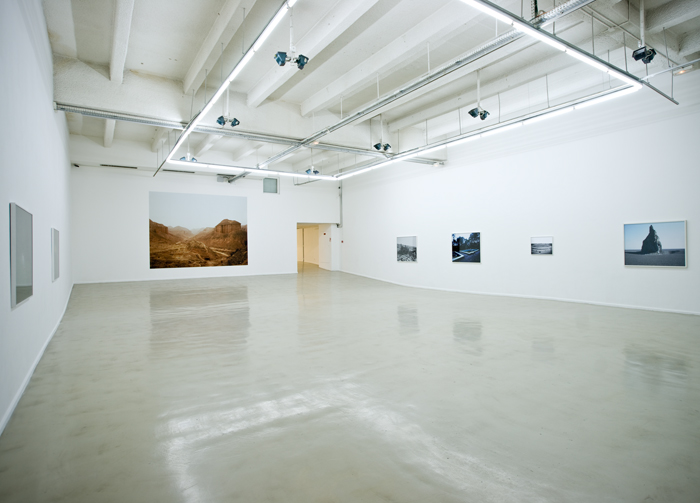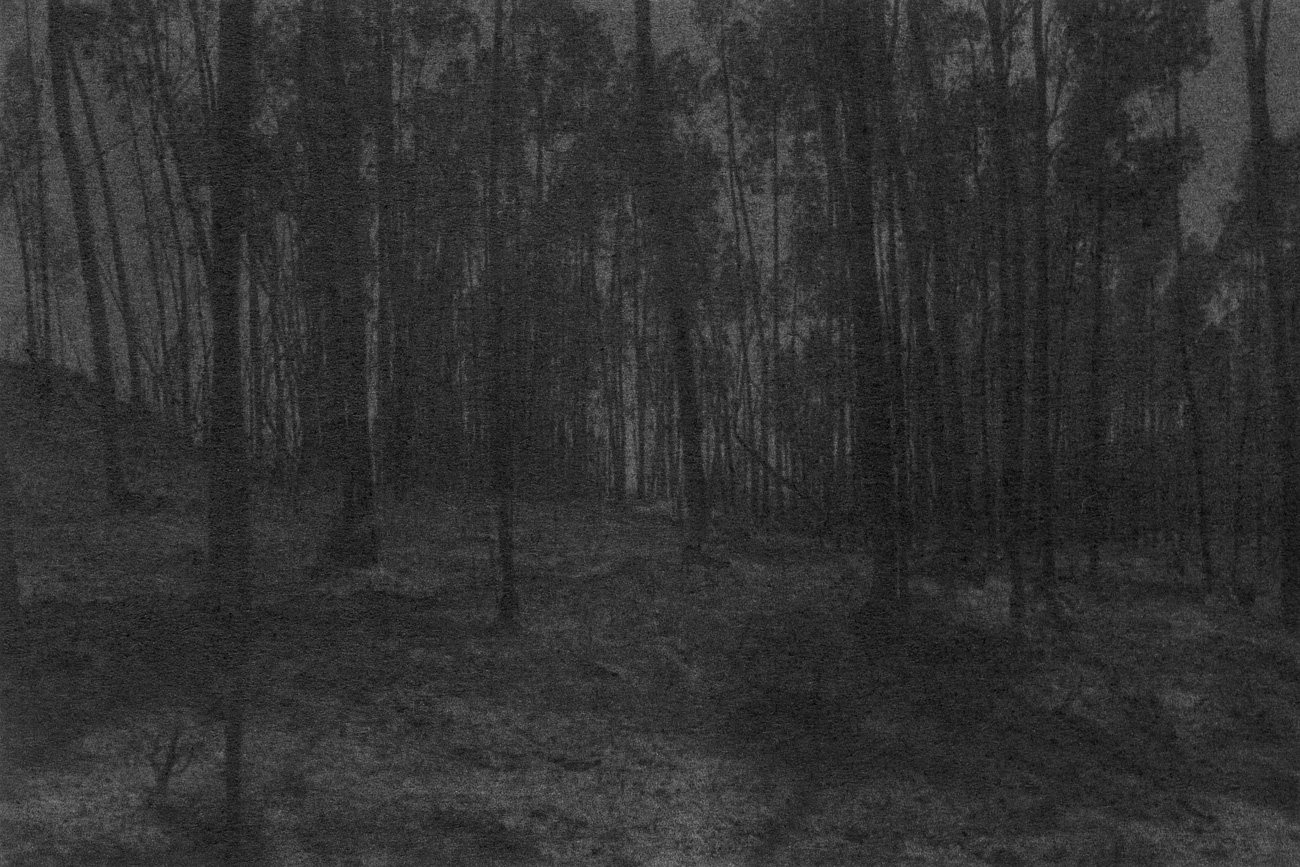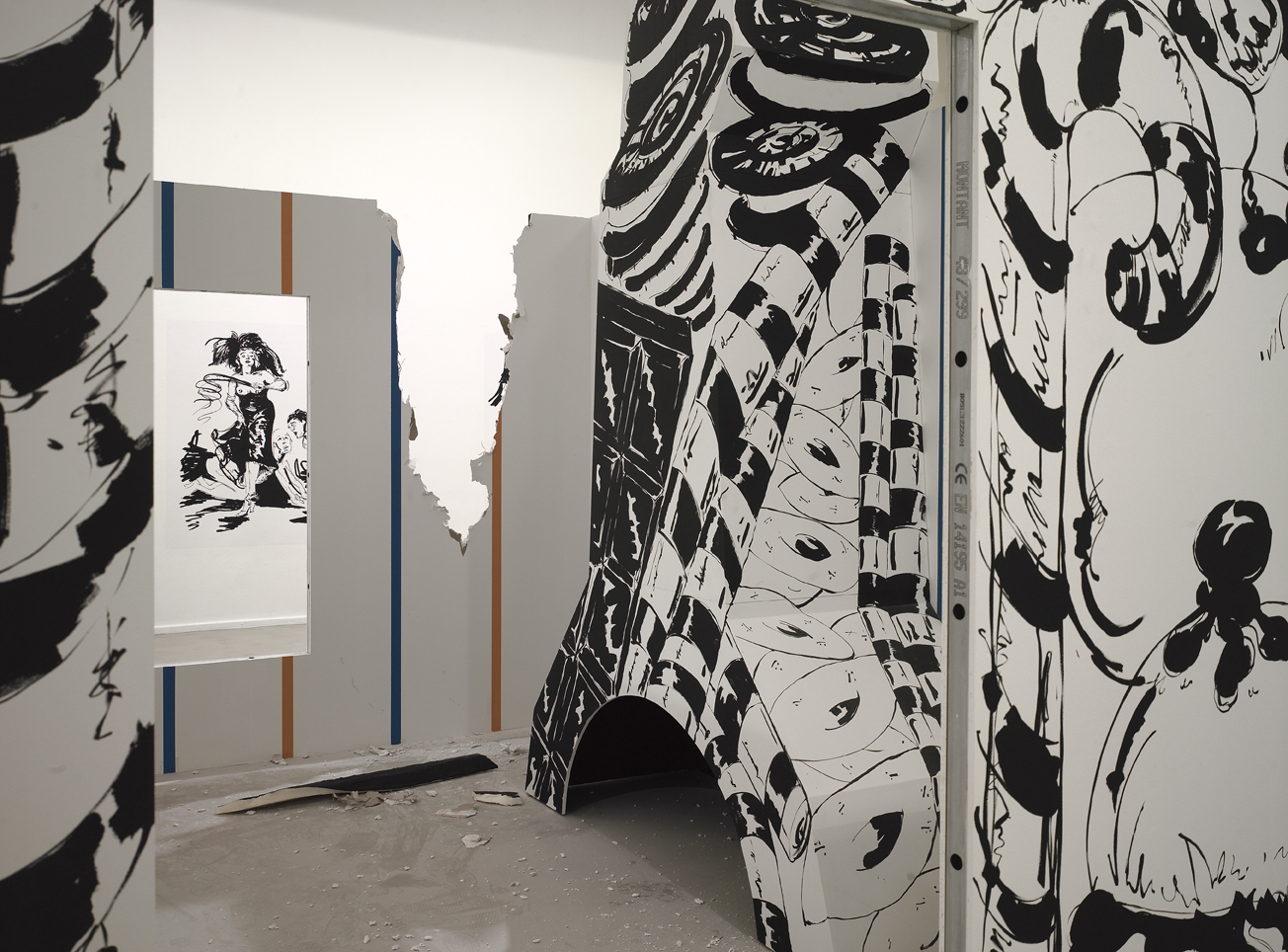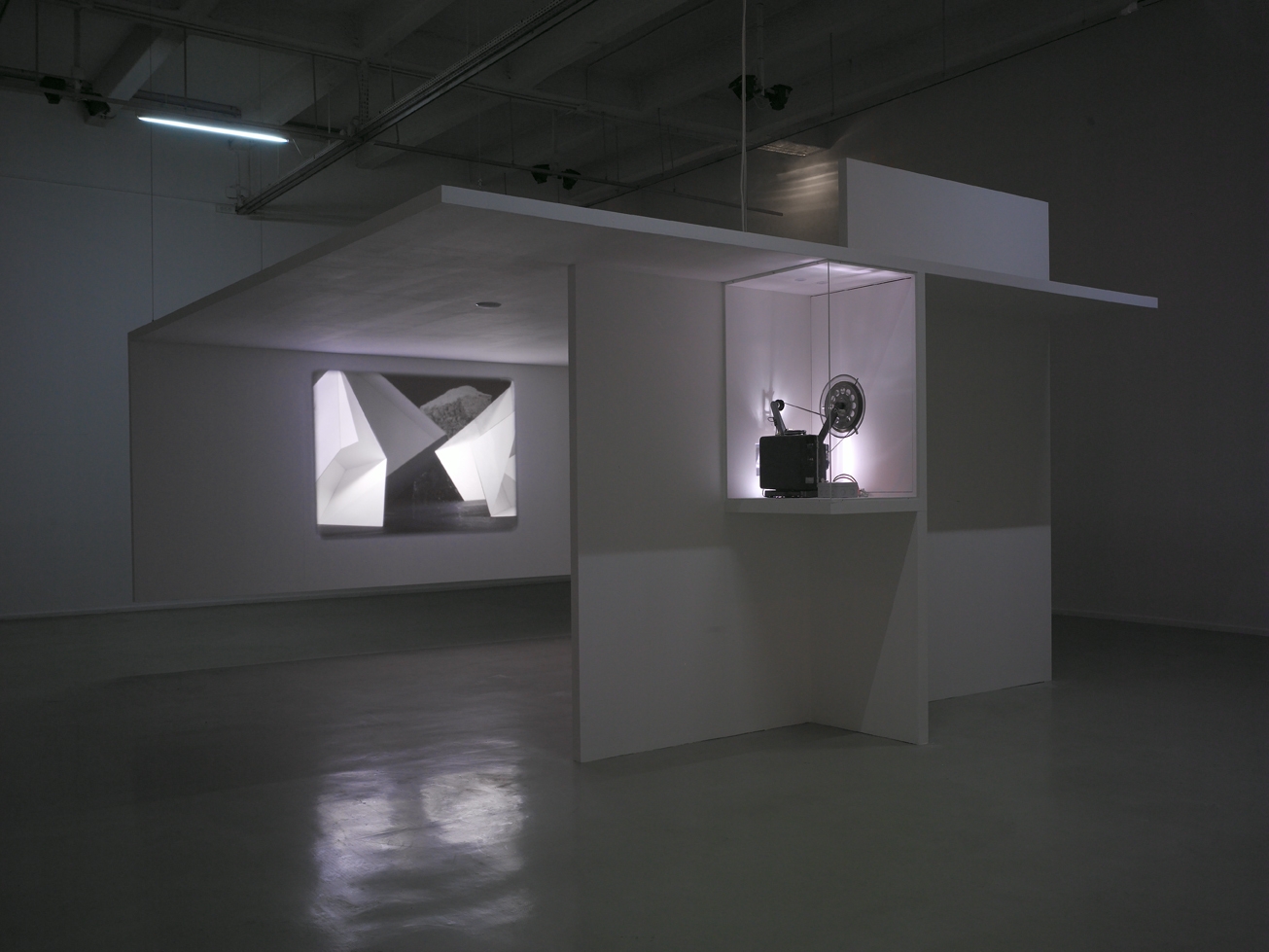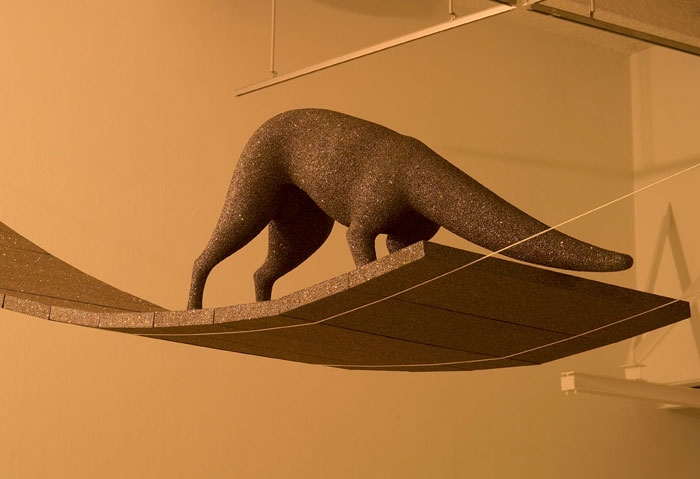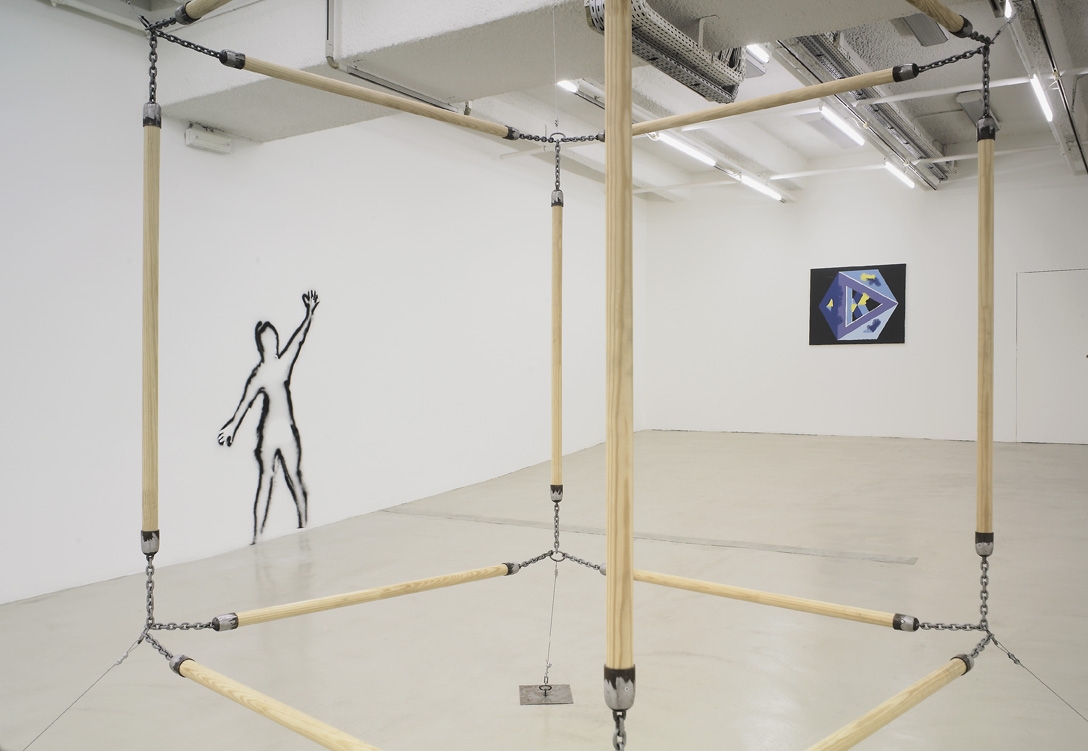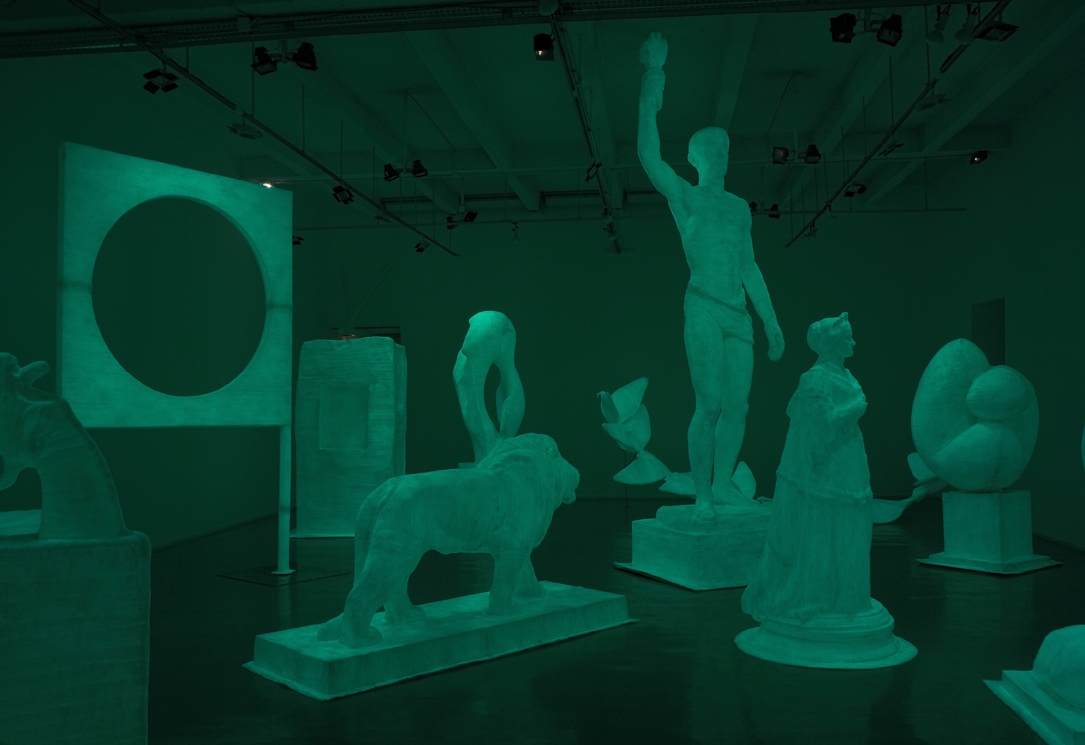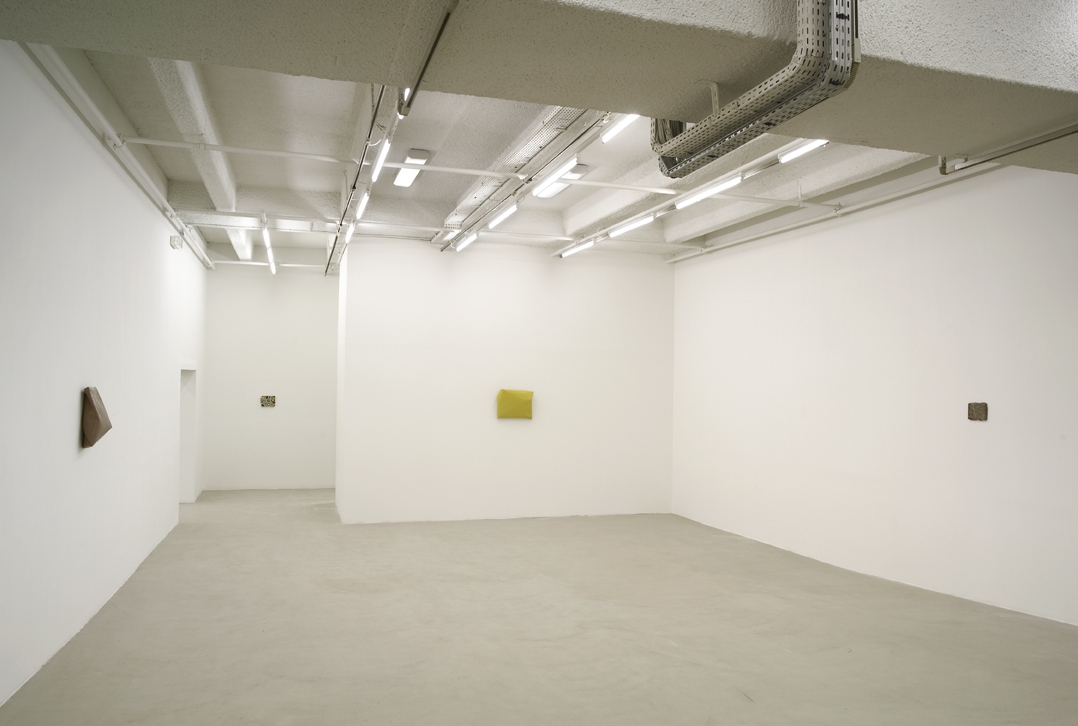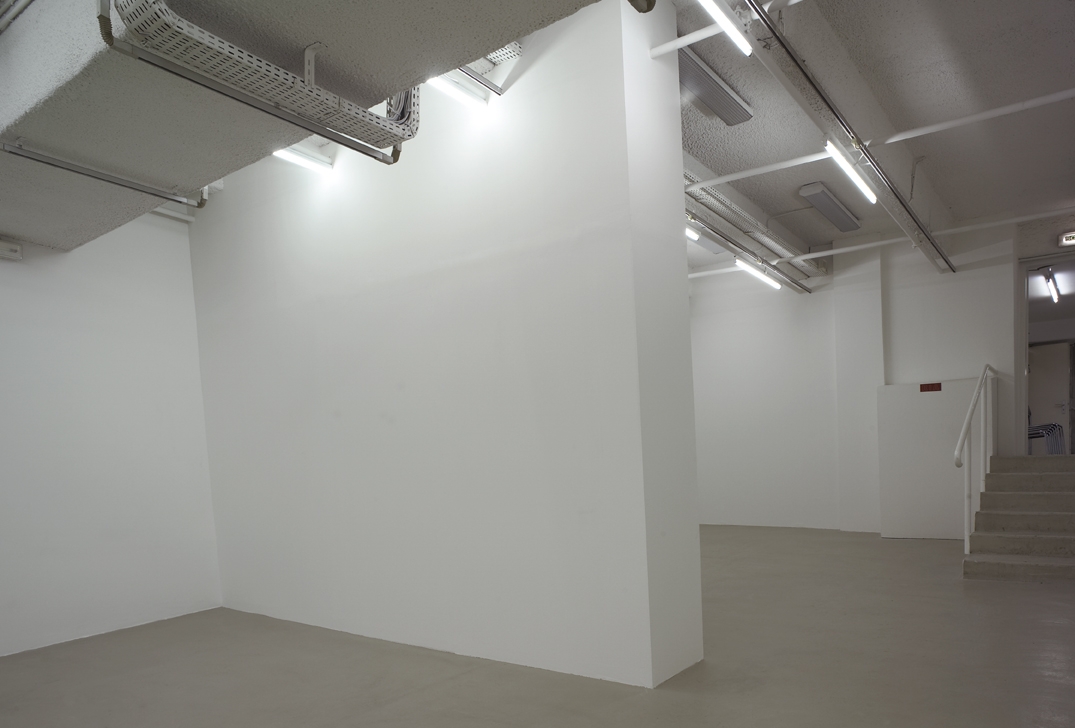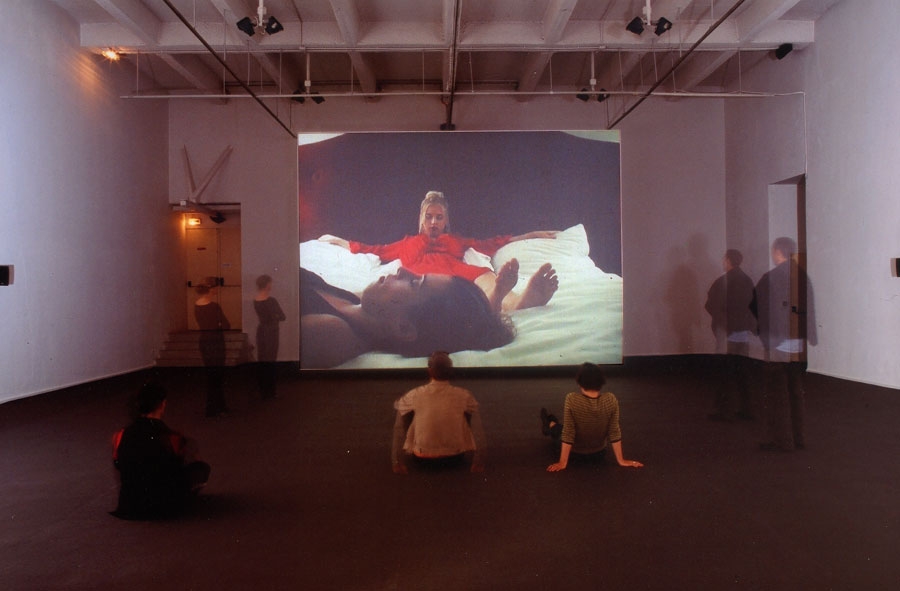Le Carillon de Big Ben 2
Group show
Artists: Fanny Adler, Saâdane Afif, Dove Allouche et Evariste Richer, Lara Almarcegui, Leonor Antunes, Jean-Marc Ballée, Davide Balula, Vincent Beaurin, Karina Bisch, Katinka Bock, Ulla von Brandenburg, Matti Braun, Stéphane Calais, Mircea Cantor, Les frères Chapuisat, Nicolas Chardon, Nina Childress, Claude Closky, Peter Coffin, Delphine Coindet, A Constructed World, Isabelle Cornaro, Christophe Cuzin, Simone Decker, Philippe Decrauzat, Marcelline Delbecq, Julien Discrit, Olivier Dollinger, Thomas Dupouy, Yan Duyvendak, Catharina van Eetvelde, Sammy Engramer, David Evrard, Cédrick Eymenier, Sylvie Fanchon, Richard Fauguet, Ivan Fayard, Isa Genzken, Mathieu Gillot, Geert Goiris, Laurent Grasso, Mona Hatoum, Eric Hattan, Benjamin Hochart, Alain Huck, Guillaume Janot, Véronique Joumard, Jacques Julien et Pierre Alferi, Jan Kopp, Vincent Lamouroux, Guillaume Leblon, Jean-François Leroy, Renée Levi, M/M, Vincent Madame, Didier Marcel, Enzo Mari, Isa Melsheimer, Mathieu Mercier, Laurent Montaron, François Morellet, Robert Morris, Olivier Mosset, Nicolas Moulin, Petra Mrzyk et Jean-François Moriceau, Edit Oderbolz, Gabriel Orozco, Gyan Panchal, Florence Paradeis, Guillaume Paris, Steven Parrino, Julien Pastor, Eric Poitevin, Marie Preston, Julien Prévieux, Tony Regazzoni, Silvana Reggiardo, Peter Regli, Hugues Reip, David Renaud, Didier Rittener, Bojan Šarčević, Edouard Sautai, Mathias Schweizer, Alain Séchas, Kiki Smith, Kristina Solomoukha, Nathalie Talec, Julien Tiberi, Thu Van Tran, John Tremblay, Tatiana Trouvé, Pierre Vadi, Jean-Luc Verna, Emmanuelle Villard, Jean-Luc Vilmouth, Virginie Yassef et Aurélie Godard, Raphaël Zarka.
In mathematics, a multiple is a number which contains several times the same integer: in art, a multiple is a work existing in several copies, playing on their identical character. When multiplied, the work then loses its original status and gains the status of an object “accessible”.
Indeed, the aura of the work Walter Benjamin speaks of is linked to its uniqueness. Its use value, on the contrary, can be amplified by its reproducibility. By multiplying itself, the work can get closer to mass culture, infiltrate into daily life and the life of the city. In this way, the reproduced work acquires another status, a “practice” that Benjamin calls political. 1.
It is in this spirit that the Le carillon de Big Ben is constructed. In resonance with a programming linked to its context, the artists who have participated in the Centre d’art contemporain d’Ivry’s project since 2003 are invited to present a multiple.
For Le carillon de Big Ben, we can speak of a non-exhibition, like Lewis Carroll speaking of a non-anniversary in his Alice in Wonderland. As Benjamin says, again, “in artwork, what is driven by the decline of the aura is a tremendous gain for the playing space…” 2. As if the rarity of the object imposed its rules and a new freedom was born from multiplicity. The multiple work can potentially be financially accessible to many.
This is why we give priority in the exhibition to works available from precious distributors such as galleries and art centers in France and abroad.
- Walter Benjamin, Œuvres III, L’œuvre d’art à l’époque de sa reproductibilité technique (last version 1939), translated from German by Maurice de Gandillac, reviewed by Rainer Rochlitz, Paris, Gallimard, 2000, p. 269-316, p. 282
- W. Benjamin, Ecrits français, presented and introduced by Jean-Maurice Monnoyer, Paris, Gallimard, 1991, p. 188-189
Video(s)
Film of the exhibition © Claire Le Restif / le Crédac
